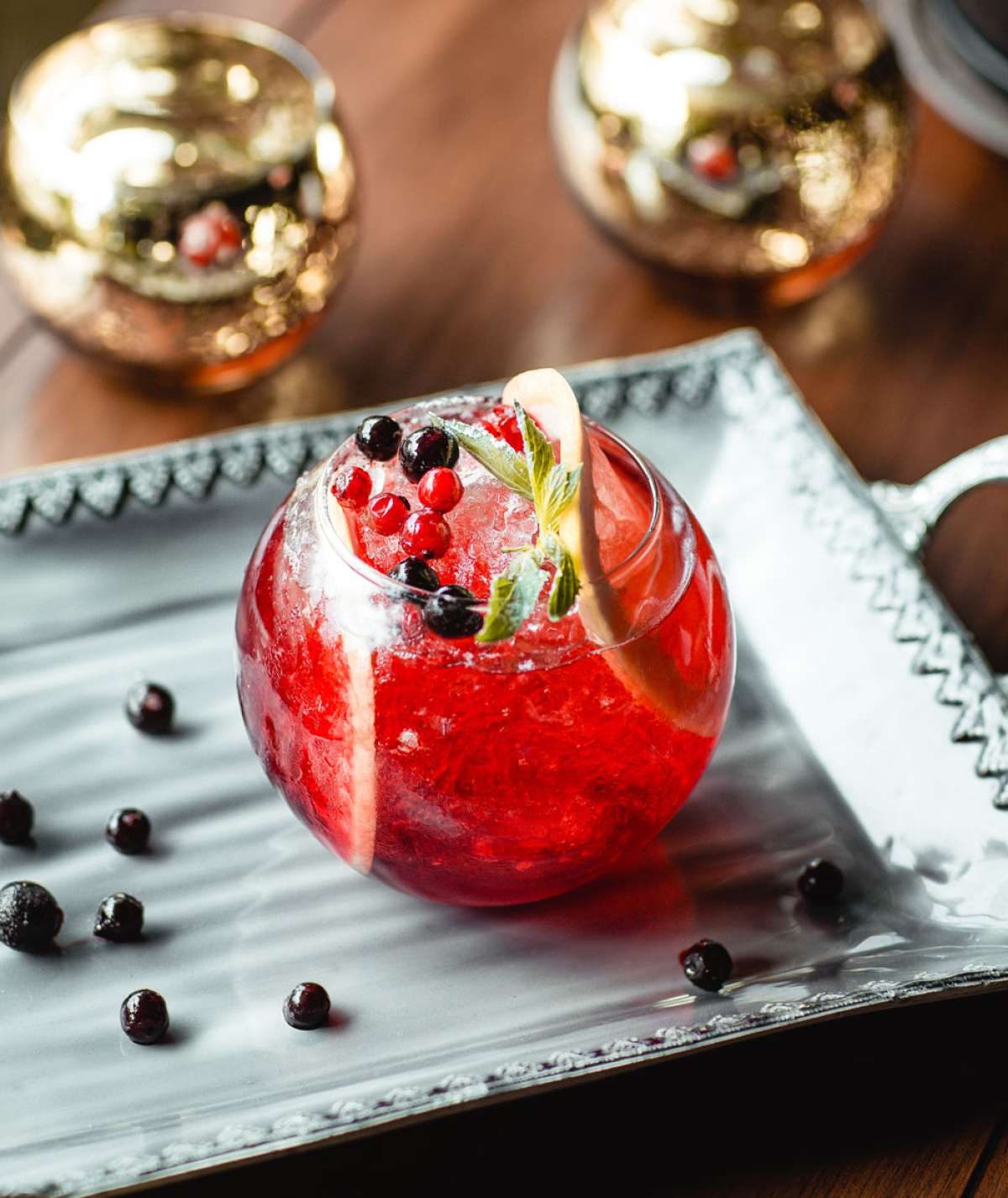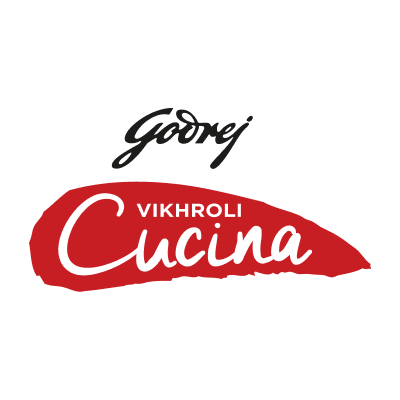
Enter the lab: How molecular gastronomy and IQF are remaking pastry as we know it
Take a little trip down to the pastry lab where we explain how molecular gastronomy and IQF is letting chefs create new textures, preserve peak flavour and make extraordinary desserts possible

For a minute, forget everything you think you know about the word ‘pastry.’ Flour-dusted hands, scent of caramelising sugar and the creaming of butter, is probably what first comes to mind. The modern pastry kitchen is slightly more akin to a lab. Today’s pastry chefs are aiming at precision, over even the artistic gradient, as is evident in Chef Prateek Bakhtiani.
Here’s what the Godrej Food Trends Report 2025 says about the introduction of food tech, specifically in the desserts space. Advancements in food technology are enabling the creation of innovative dessert products with unique textures, flavours and nutritional profiles and as India's dynamic sweet and dessert landscape continues to evolve.
We’re diving into two key aspects of this revolution molecular gastronomy and IQF (Individual Quick Freezing).
Molecular gastronomy
Molecular gastronomy is about understanding the physical and chemical transformations that occur during cooking and then using that knowledge to create novel forms and textures.
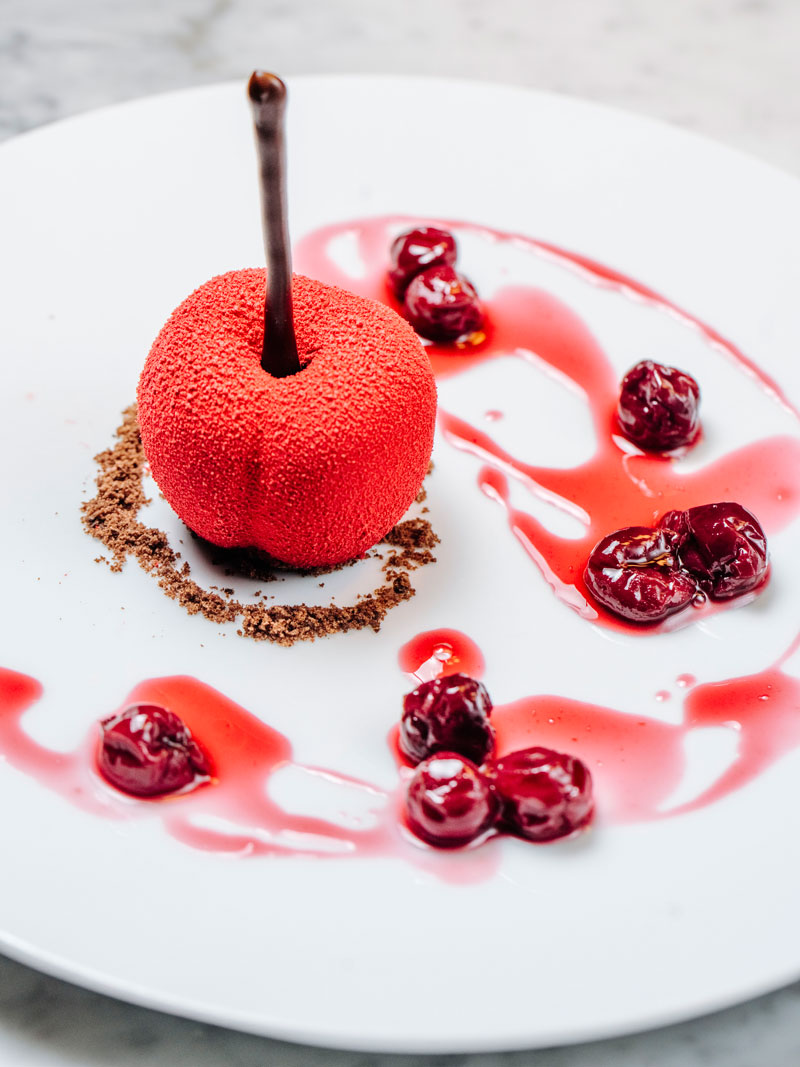
Foams, gels and spheres
The goal here is to present a familiar flavour in an entirely new physical form. A raspberry can be a weightless foam, a firm gel or a little pearl that bursts in your mouth. Chefs use tools like a culinary siphon, charged with nitrous oxide, to aerate liquids into light-as-air foams. Hydrocolloids like agar-agar and sodium alginate are used for gelling and spherification, the latter famously creating "caviar" from fruit juices or liqueurs. This allows for complex, multi-textured plates like a deconstructed tiramisu, with coffee foam, spheres of liquid mascarpone, and a crumble of chocolate "soil" instead of a traditional layered slice. The taste is familiar, but the experience is entirely new.
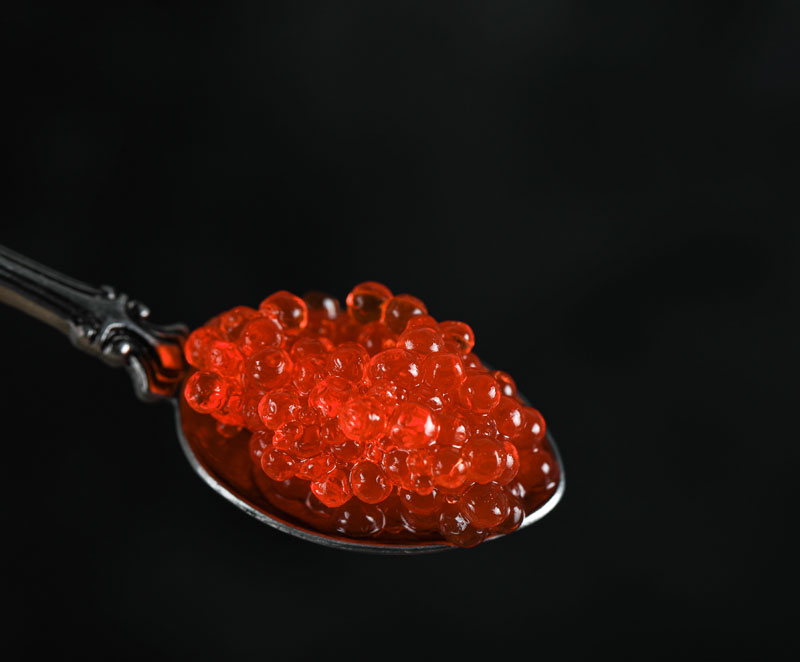
Sous vide and liquid nitrogen
Sous vide, the technique of cooking vacuum-sealed food in a precisely controlled water bath, has become indispensable for creating flawless custards, crème brûlée and pot de crème. On the other end of the spectrum is liquid nitrogen. At -196°C (-321°F), it offers flash-freezing, creating dramatic tableside presentations and unique textures. A chef can create instant ice cream with an incredibly smooth consistency or flash-freeze a delicate mousse directly on the plate.
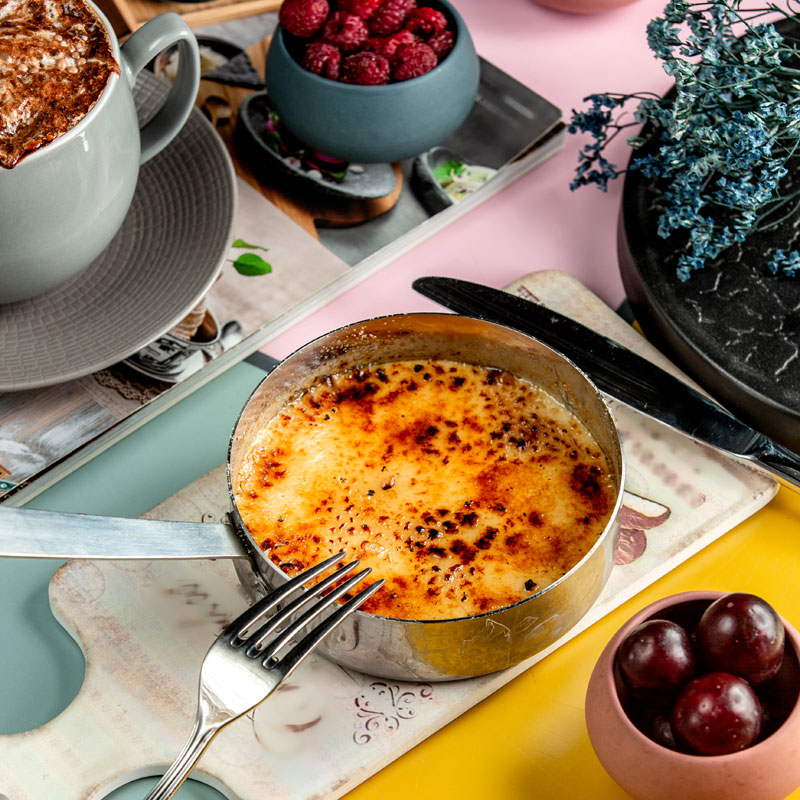
Preservation with IQF
Unlike conventional freezing, which clumps ingredients into a solid block, IQF technology freezes each piece of fruit or vegetable individually and rapidly. This seemingly simple difference is a game-changer for the pastry world. The biggest advantage of IQF is its ability to lock in the flavour, colour and nutritional value of produce at its absolute peak. This means a pastry chef in Mumbai can create a stunning dessert with juicy raspberries in the middle of April. IQF fruit gives bakeries and restaurants access to a consistent, high-quality supply of ingredients, freeing them from the limitations of seasonality and market fluctuations.
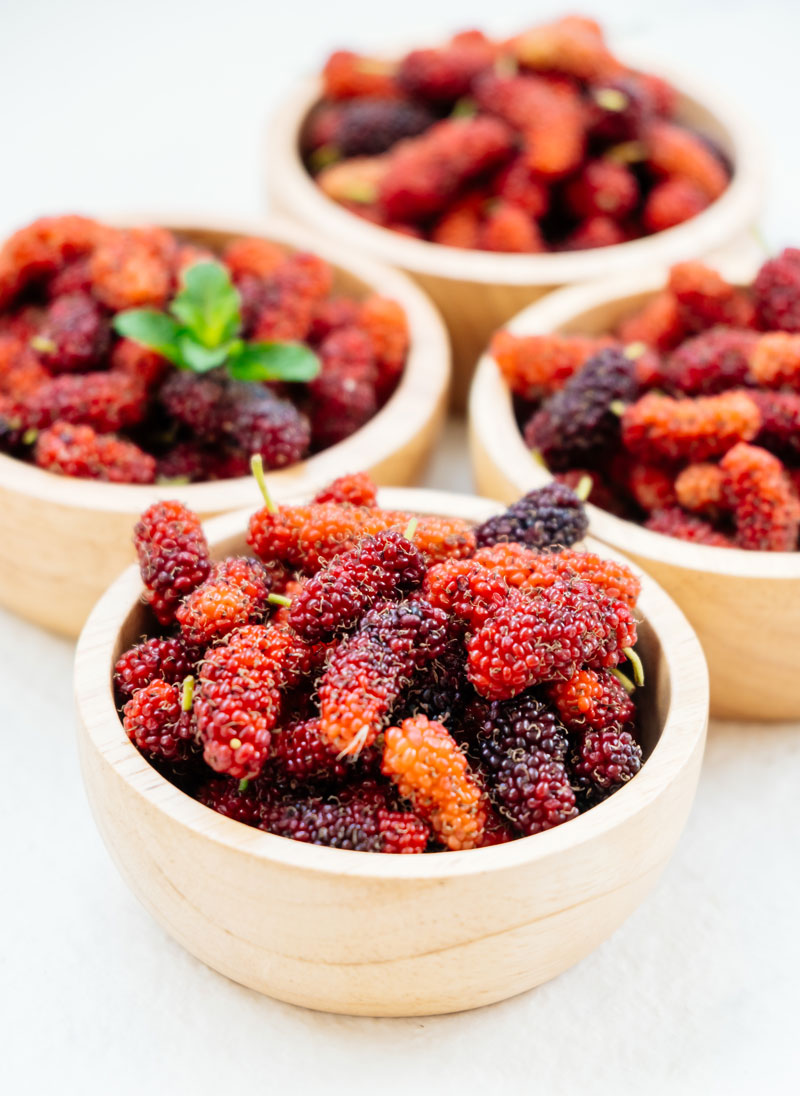
Preserving the structure
Anyone who has baked with conventionally frozen fruit knows the struggle, it often turns into a mushy, watery mess that bleeds into the batter. Because IQF fruit remains separate, it maintains its cellular integrity. When used in muffins, pies or cheesecakes, the result is distinct, intact bites of fruit. This method also allows for precise portioning.
What’s new: Progressive chefs are using the technology to incorporate frozen vegetables into sweet applications, creating unique flavour profiles and textures. Think of rich, moist beet cupcakes or zucchini cookies.
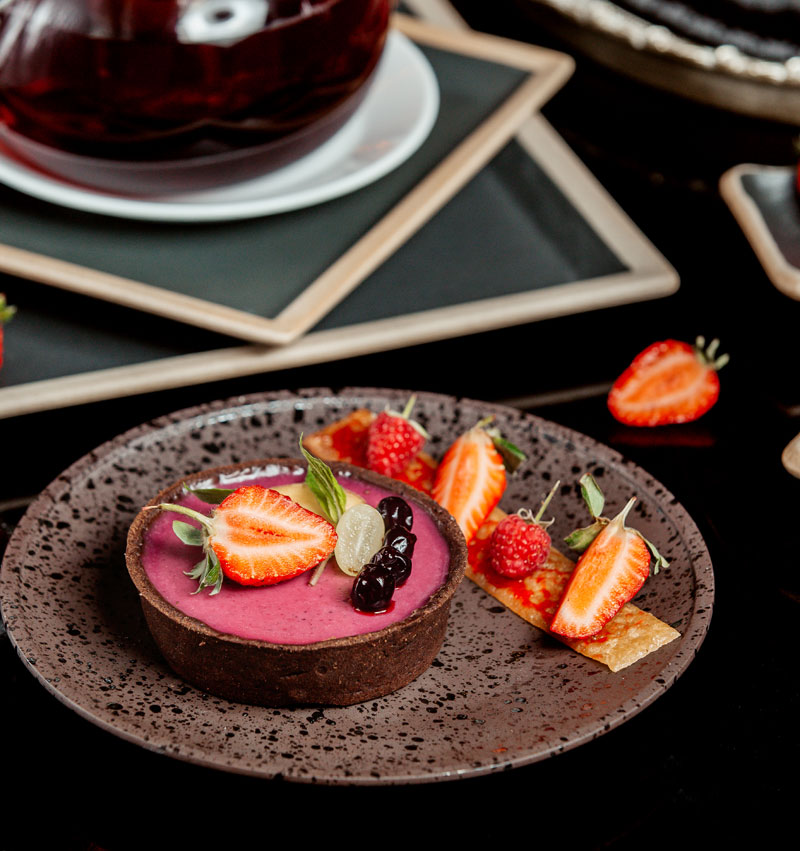
A synergy
These technologies rarely exist in a vacuum. A modern plated dessert is often a mix of techniques: a smooth custard base achieved via sous vide, topped with a tart passionfruit gel, garnished with IQF blueberries, and finished with a nitrogen-frozen shard of meringue. This tech toolkit has shortened prep times, empowered chefs to innovate constantly, and allowed them to achieve a level of consistency that was once unthinkable.
What did you think of this tech evolution? What other technology would you like us to feature next? Let us know in the comments!
Tags
0 Comment
You may also like
-
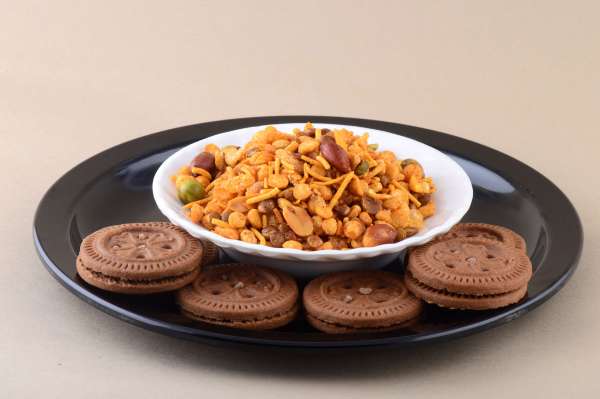
Features What Indian childhood memories taste like…
by Vikhroli Cucina
-

Features The Culinarian's Take: Why micro-restaurants are India's hottest dining trend
by Vikhroli Cucina
-
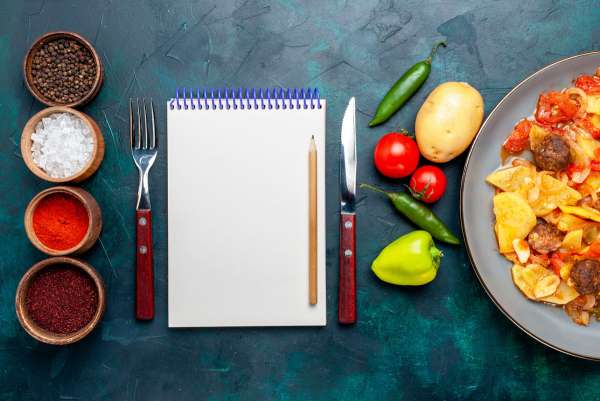
Features The Culinarian’s Take: Why tasting menus are telling India's next great food story
by Vikhroli Cucina
-
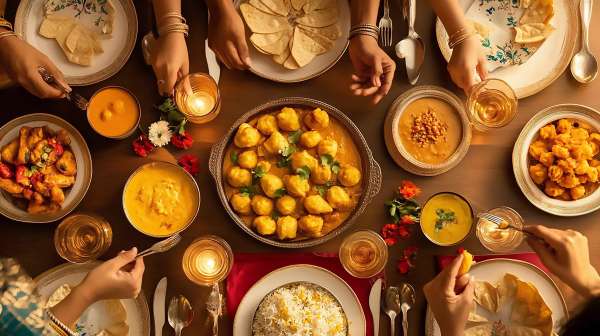
Features What’s cooking on Diwali: The savoury side of the feast from choddo shaak to chivda
by Vikhroli Cucina

